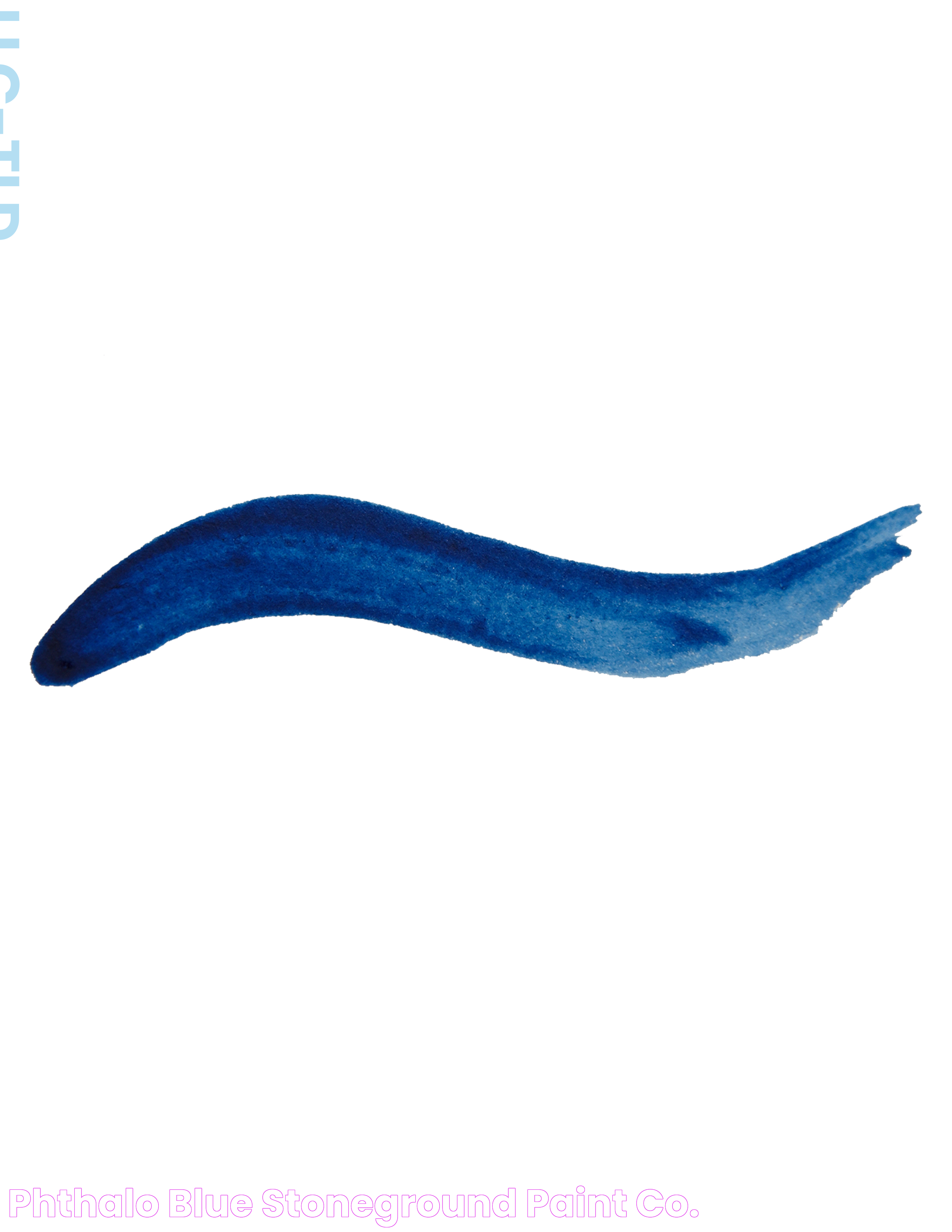Phthalo Blue: The Vibrant Hue Transforming Art And Design

Phthalo blue's popularity is not only due to its stunning visual appeal but also to its practical benefits. It is known for its excellent lightfastness, meaning it resists fading over time, and its high tinting strength, which allows for a wide range of shades when mixed with other colors. These properties make it an indispensable tool for artists and designers who require both durability and flexibility in their work. From fine art to commercial design, phthalo blue's influence can be seen across a multitude of mediums and applications. The unique qualities of phthalo blue extend beyond its aesthetic appeal to its chemical composition. As a synthetic organic pigment, it offers advantages in terms of safety and environmental impact compared to some traditional pigments, which may contain toxic heavy metals. This makes phthalo blue an ideal choice for those who prioritize sustainability and safety in their creative endeavors. In this article, we will delve deeper into the history, properties, applications, and significance of phthalo blue, exploring why it continues to be a beloved color in the world of art and design.
Article Recommendations

